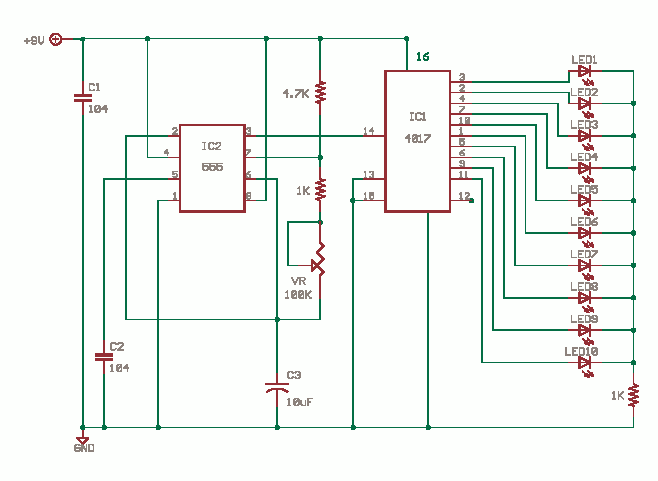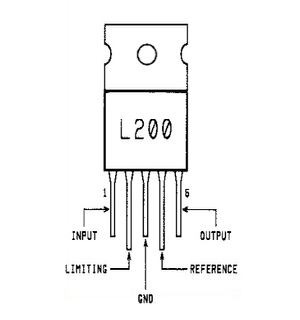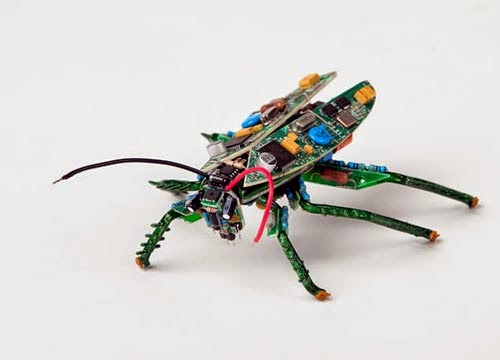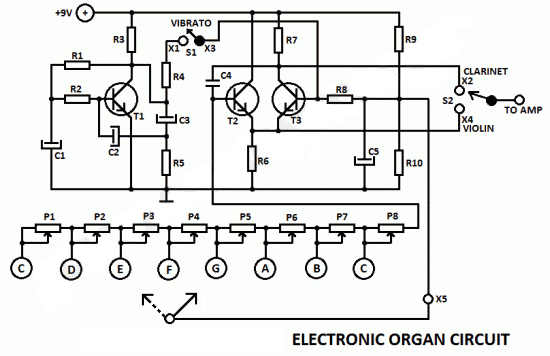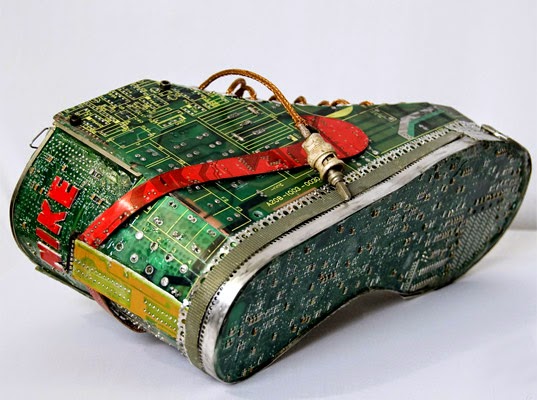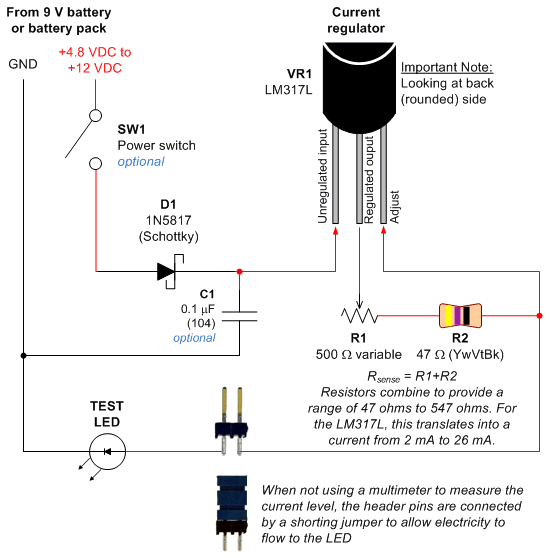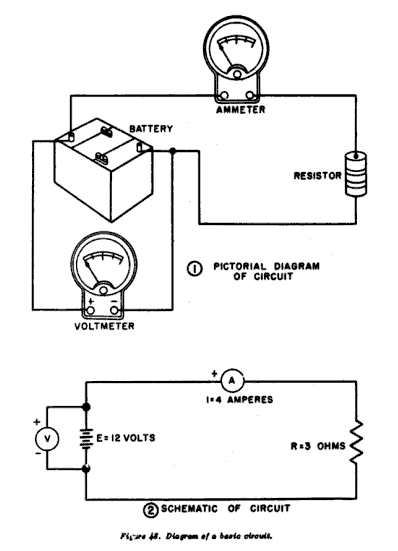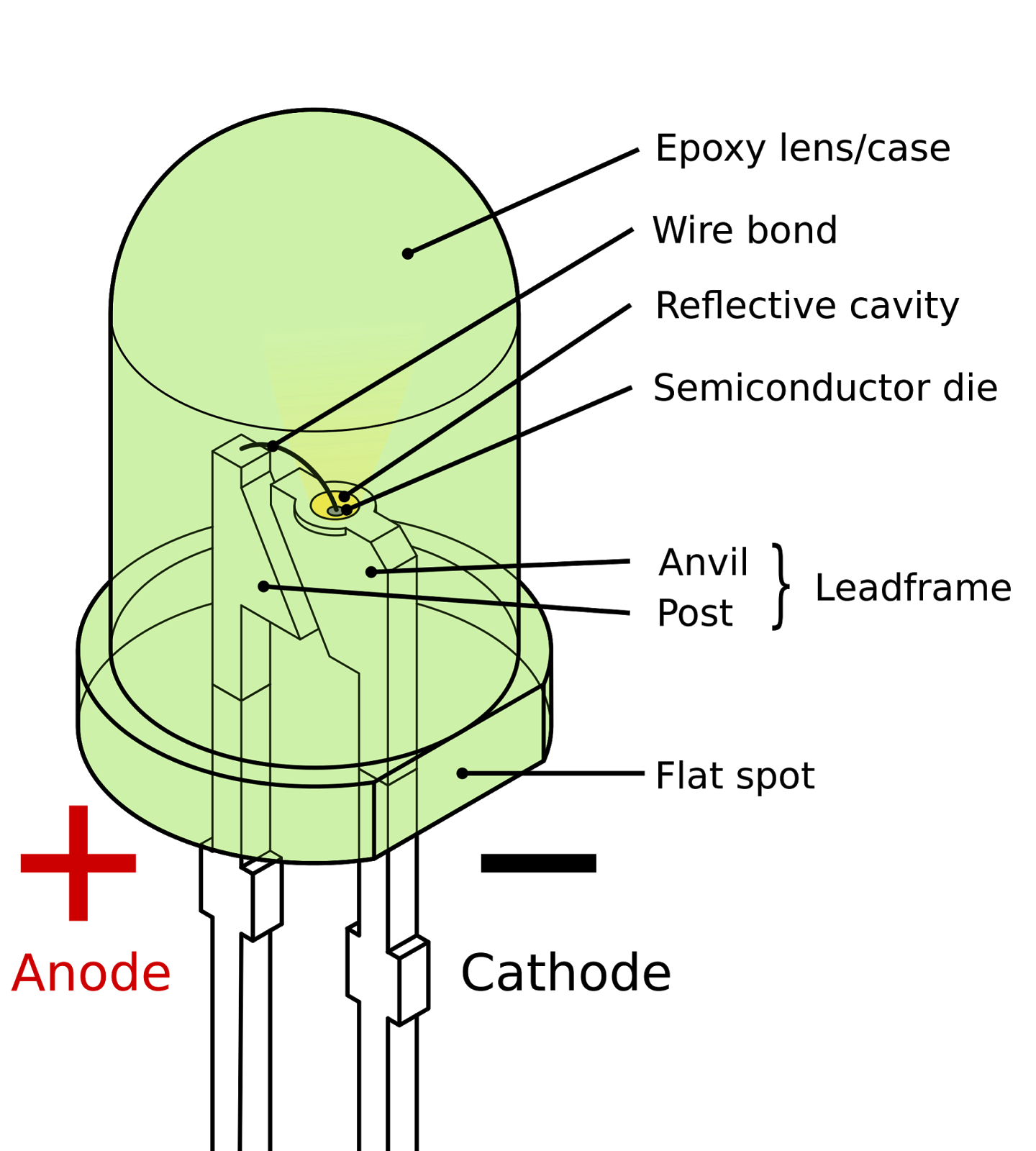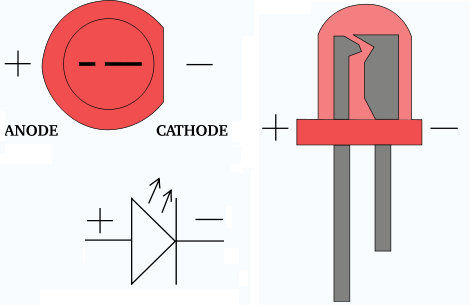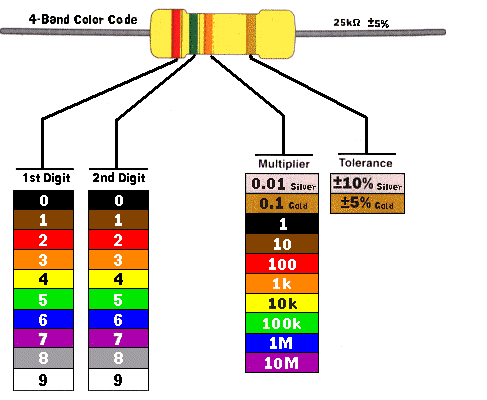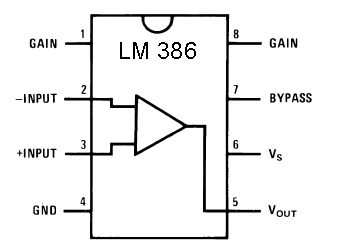by: Arduino CEO Massimo Banzi | RS Components
Monday, September 7, 2015
Sunday, September 6, 2015
Saturday, September 5, 2015
Friday, September 4, 2015
Connection for LCD1602 with I2C_4线连接I2C1602液晶
( click picture to enlarge )
First, adding these files to the library.
Then, connect: GND ———— GND
VCC ———— 5V
SDA ———— A4 ( SDA next to AREF )
SCL ———— A5 ( SCL next to AREF )
Lastly, copy & upload the codes below to Arduino:
#include <Wire.h>
#include <LiquidCrystal_I2C.h>
LiquidCrystal_I2C lcd(0x27,16,2); // set the LCD address to 0x27 for a 16 chars and 2 line display
void setup()
{
lcd.init(); // initialize the lcd
lcd.backlight(); //Open the backlight
lcd.print("Welcome to "); // Print a message to the LCD.
lcd.setCursor(0,1); //newline
lcd.print("www.abcdefg.com");// Print a message to the LCD
}
void loop()
{
}
Lastly, copy & upload the codes below to Arduino:
#include <Wire.h>
#include <LiquidCrystal_I2C.h>
LiquidCrystal_I2C lcd(0x27,16,2); // set the LCD address to 0x27 for a 16 chars and 2 line display
void setup()
{
lcd.init(); // initialize the lcd
lcd.backlight(); //Open the backlight
lcd.print("Welcome to "); // Print a message to the LCD.
lcd.setCursor(0,1); //newline
lcd.print("www.abcdefg.com");// Print a message to the LCD
}
void loop()
{
}
Thursday, September 3, 2015
Arduino是什么
( 点击图片可以放大 )
Arduino是什么?
Arduino是一款便捷灵活、方便上手的开源电子原型平台,包含硬件(各种型号的Arduino板)和软件(Arduino IDE)。由一个欧洲开发团队最早于2005年冬季开发。其成员包括Massimo Banzi,David Cuartielles,Tom Igoe,Gianluca Martino,David Mellis和Nicholas Zambetti。
它构建于开放原始码simple I/O介面版,并且具有使用类似Java、C语言的Processing/Wiring开发环境。主要包含两个主要的部分:硬件部分是可以用来做电路连接的Arduino电路板;另外一个则是Arduino IDE,你的计算机中的程序开发环境。你只要在IDE中编写程序代码,将程序上传到Arduino电路板后,程序便会告诉Arduino电路板要做些什么了。
Arduino能通过各种各样的传感器来感知环境,通过控制灯光、马达和其他的装置来反馈、影响环境。板子上的微控制器可以通过Arduino的编程语言来编写程序,编译成二进制文件,烧录进微控制器。对Arduino的编程是利用 Arduino编程语言 (基于 Wiring)和Arduino开发环境(基于 Processing)来实现的。基于Arduino的项目,可以只包含Arduino,也可以包含Arduino和其他一些在PC上运行的软件,他们之间进行通信 (比如 Flash, Processing, MaxMSP)来实现。
发展历程
Massimo Banzi之前是意大利Ivrea一家高科技设计学校的老师。他的学生们经常抱怨找不到便宜好用的微控制器。 2005年冬天, Massimo Banzi跟David Cuartielles讨论了这个问题。 David Cuartielles是一个西班牙籍晶片工程师,当时在这所学校做访问学者。两人决定设计自己的电路板,并引入了Banzi的学生David Mellis为电路板设计编程语言。两天以后,David Mellis就写出了程式码。又过了三天,电路板就完工了。Massimo Banzi喜欢去一家名叫di Re Arduino的酒吧,该酒吧是以1000年前意大利国王Arduin的名字命名的。为了纪念这个地方,他将这块电路板命名为Arduino。
随后Banzi、Cuartielles和Mellis把设计图放到了网上。版权法可以监管开源软件,却很难用在硬件上,为了保持设计的开放源码理念,他们决定采用Creative Commons(CC)的授权方式公开硬件设计图。在这样的授权下.任何人都可以生产电路板的复制品,甚至还能重新设计和销售原设计的复制品。人们不需要支付任何费用,甚至不用取得Arduino团队的许可。然而,如果重新发布了引用设计,就必须声明原始Arduino团队的贡献。如果修改了电路板,则最新设计必须使用相同或类似的Creative Commons(CC)的授权方式,以保证新版本的Arduino电路板也会一样是自由和开放的。唯一被保留的只有Arduino这个名字,它被注册成了商标,在没有官方授权的情况下不能使用它。
Arduino发展至今,已经有了多种型号及众多衍生控制器推出。
来源:
http://baike.baidu.com/view/1268436.htm
Arduino
( click picture to enlarge )
Arduino is an open-source computer hardware and software company, project and user community that designs and manufactures microcontroller-based kits for building digital devices and interactive objects that can sense and control the physical world.
The project is based on a family of microcontroller board designs manufactured primarily by SmartProjects in Italy, and also by several other vendors, using various 8-bit Atmel AVR microcontrollers or 32-bit Atmel ARM processors. These systems provide sets of digital and analog I/O pins that can be interfaced to various expansion boards ("shields") and other circuits. The boards feature serial communications interfaces, including USB on some models, for loading programs from personal computers. For programming the microcontrollers, the Arduino platform provides an integrated development environment (IDE) based on the Processing project, which includes support for C, C++ and Java programming languages.
The first Arduino was introduced in 2005, aiming to provide an inexpensive and easy way for novices and professionals to create devices that interact with their environment using sensors and actuators. Common examples of such devices intended for beginner hobbyists include simple robots, thermostats, and motion detectors.
Arduino boards are available commercially in preassembled form, or as do-it-yourself kits. The hardware design specifications are openly available, allowing the Arduino boards to be manufactured by anyone. Adafruit Industries estimated in mid-2011 that over 300,000 official Arduinos had been commercially produced, and in 2013 that 700,000 official boards were in users' hands.
~from Wikipedia:
https://en.wikipedia.org/wiki/Arduino
Saturday, January 24, 2015
Friday, January 23, 2015
Thursday, January 22, 2015
My little Poodle
( click to enlarge image )
Just for fun... my little Poodle is running around,
leaving some xx behind...
Printed Circuit Bug !
( click to enlarge image )
Just for fun... This is not an ordinary bug,
this is Printed Circuit Bug !
( made of Printed Circuit Board - PCB. )
Tuesday, January 20, 2015
Monday, January 19, 2015
Sunday, January 18, 2015
Saturday, January 17, 2015
60 watt amplifier
( click to enlarge images )
with this compact packaged amplifier IC, you just need to add some small & cheap components, then it's ready to work for you...
you can download pdf about STK4038 II here:
7 channel running lights
( click to enlarge image )
This is a 7 channel running lights circuit.
VR1 works as a speed controller.
Electronic siren (1)
( click to enlarge image )
Try this out ! Press S1 & S2 to hear the different result.
Have fun with this simple electronic siren !
Friday, January 16, 2015
LEDs
( click to enlarge images )
Light emitting diodes, commonly called LEDs, are real unsung heroes in the electronics world. They do dozens of different jobs and are found in all kinds of devices. Among other things, they form numbers on digital clocks, transmit information from remote controls, light up watches and tell you when your appliances are turned on. Collected together, they can form images on a jumbo television screen or illuminate a traffic light.
Basically, LEDs are just tiny light bulbs that fit easily into an electrical circuit. But unlike ordinary incandescent bulbs, they don't have a filament that will burn out, and they don't get especially hot. They are illuminated solely by the movement of electrons in a semiconductormaterial, and they last just as long as a standard transistor. The lifespan of an LED surpasses the short life of an incandescent bulb by thousands of hours. Tiny LEDs are already replacing the tubes that light up LCD HDTVs to make dramatically thinner televisions.
Difference between electrolytic capacitor and non electrolytic capacitor
( click to enlarge images )
Basically electrolytic capacitor is a polarised and the value will normally start from 1 microfarad (µF), meanwhile non electrolytic capacitor is non polarised and the value starts from picofarad (pF) ranges. The capacitors are choosen according to the capacitance required in a particular section of a circuit.
1 mF (millifarad, one thousandth (10−3) of a farad) = 1000 μF = 1000000 nF
1 μF (microfarad, one millionth (10−6) of a farad) = 1000 nF = 1000000 pF
1 nF (nanofarad, one billionth (10−9) of a farad) = 1000 pF
Subscribe to:
Posts (Atom)







